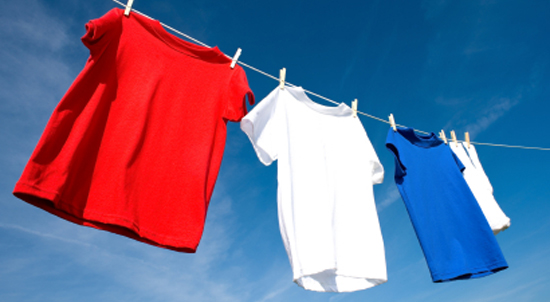T-shirts are a great looking addition to any wardrobe. They come in so many different colors and styles that you can easily use them to your advantage in almost any outfit. You can dress them up or down and can get a lot of use from T-shirts. However, there are some people who are plagued with problems with their T-shirts. One of these problems is that the bottom of their T-shirts keep stretching out. While this seems like it might be a rather unusual problem for someone who has never experienced it, quite a few people consider it an issue.
Below are some of the reasons the bottom of your T-shirt might keep stretching out:
• If you have wider than average hips, you may be pulling down the T-shirt to cover them, whether self-consciously or unconsciously. Constant pulling on your T-shirt and stretching it wider than it was meant to be will lead to the bottom of your T-shirt being stretched out.
• If you have a nervous habit of pulling at the hem of your clothes or twisting it, the stress on the garment will inevitably lead to the T-shirt being stretched out at the bottom.
• If you surf in your T-shirt or do any other activities in which your T-shirt will get wet, the bottom of the shirt will inevitably tend to stretch out because the T-shirt will hold the water and stay heavy at the bottom. .
• If you happen to have a child who loves to hold tight to Mommy, you may find that the bottom of many of your T-shirts are getting very stretched out also from him or her pulling at them.
• Certain fabric blends have very specific laundry instructions, like lay flat to dry. If you do not follow these instructions and hang your shirts to dry, you will find that the ends stretch out from the weight of the water.

